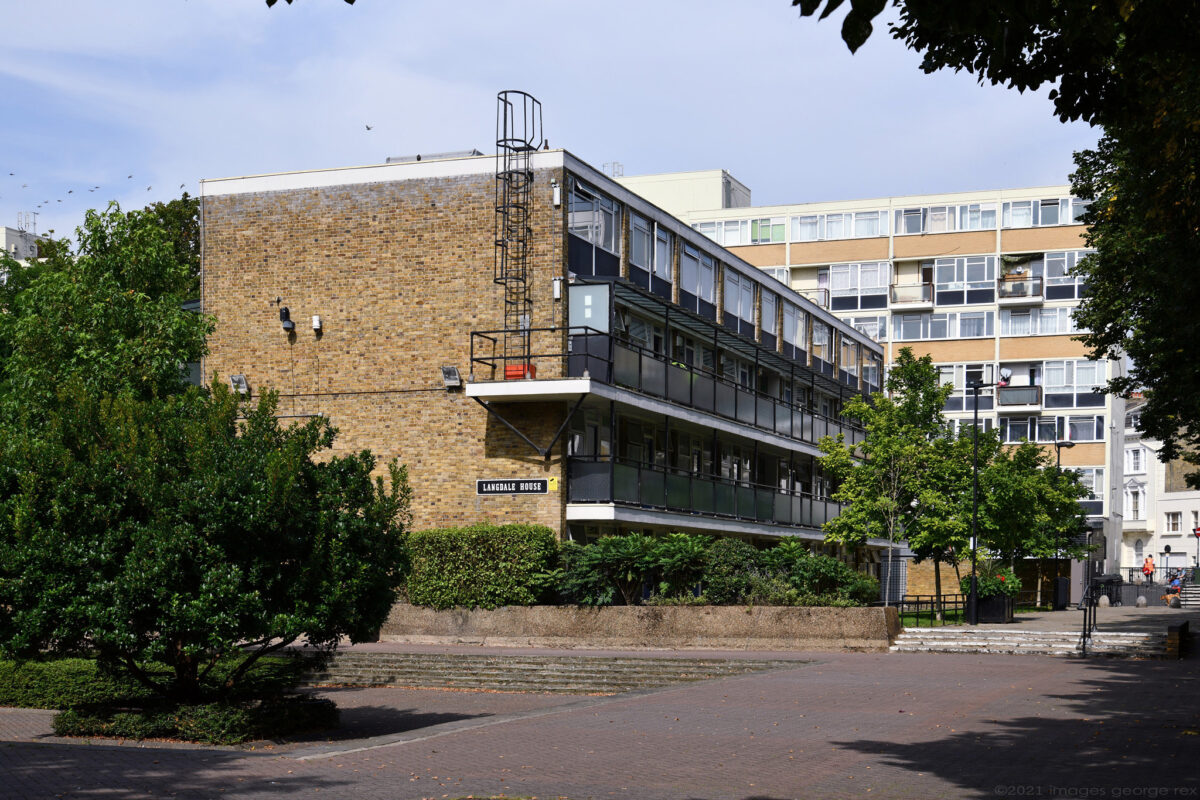For many of us in local government, a pro-social housing and house building national government isn’t just a welcome relief, but a necessity to give our tenants, leaseholders and residents the compassion, dignity and security they deserve.
Labour’s manifesto promises to support councils to build their capacity and make a greater contribution to affordable housing supply. This is of course welcome, but must be accompanied by an appreciation of the challenges local authorities already face in delivering fairer housing for their residents. While some components of our story are unique only to Westminster, we think this reflection of our journey gives some insight into some of the challenges faced by all local authorities.
Locally here we won control of the Council in 2022 after nearly 60 years of Conservative control. The previous administration’s treatment of social housing was literally scandalous – in one historic instance using housing as a tool for gerrymandering, the so-called ‘Homes for Votes’ scandal – with a litany of management failures including the collapse of City West Homes. As well as the headline-grabbing issues, there had been a long-standing degradation of the housing service after decades of neglect.
In contrast, our winning 2022 manifesto promised to build a Fairer Westminster. That meant for us putting housing at the heart of our agenda for change. We promised to take a resident-centric approach to improve housing management, deliver genuine engagement with tenants and leaseholders, and make building new council and lower rent homes the Council’s top policy priority. This was reinforced by the work of the Future of Westminster Commission and turbocharged by a Cabinet Member who has grown up in Westminster’s social housing stock and fully understands the resident experience (and challenges).
Even with our renewed focus, the Westminster housing context has remained extremely challenging. The average house price in Westminster was £954,000 in June 2024, the second highest in London. This has meant that 43% of people in the borough lived in households with an income of less than 60% the UK median after housing costs have been subtracted (i.e. in poverty) – which is the highest proportion of any London borough.
There are of course limited land opportunities for building and development as an inner-city borough. Moreover, supply pressures are compounded by the high numbers of short-term lets and second homes. The Census empty home rate in Westminster was recorded as being 25.4%, which effectively means that one in four properties in Westminster were marked as being empty at the time of the Census, suggesting 30,000 properties in Westminster have no full-time residents.
Westminster also has the highest proportion of private rented properties in the country – making up 44% of the housing stock. The high cost of private rents, supply shortages and ability for landlords to evict tenants easily has resulted in skyrocketing presentations of homelessness. 5,000 households approached the Council for support last year due to homelessness. This has resulted in extreme pressures on Temporary Accommodation.
Despite this we have made significant progress in delivering on our housing ambitions. Recognising the scale of the challenge we set up our Housing Improvement Programme. New people have been brought in with different skill sets, experience and perspective from across the council to drive change. We’ve taken a structured approach, focusing on key problem areas first, and maintaining a constant dialogue with residents to help shape solutions and priorities. Some of examples of our early successes include:
- Resident Panels: We have created a borough-wide Resident Panel which is open to all Westminster tenants and leaseholders to support resident input in our policy making. We have set up Task and Finish Groups to focus on specific issues. Our first Task and Finish Group focused on repairs. The Group undertook research and proposed recommendations which have been central to improving our Repairs Service.
- Housing Repairs: The Panel’s recommendations, and our desire to improve repairs and make it localised and more responsive, is reflected in our new Repairs Policy which provides a clear understanding of the service residents should receive and how the council will continuously improve. To put this policy into action, one step we have taken is to pilot a Direct Labour Organisation (DLO). This is a small team of in-house operatives tasked with carrying out communal repairs across our estates and jointly signing off work completion with residents.
- Estate Offices: Estate Offices were closed by the previous administration and had created a disconnect between residents and the council. By re-opening offices in communities, we are able to provide more personalised and localised advice and support service for residents. Feedback from residents has been positive and have welcomed the shift in placing housing officers back into the communities they serve.
- Understanding resident vulnerability: We identified that some residents’ housing casework is inherently more complex due to their vulnerabilities. A proactive new process for identifying and recording vulnerability for residents was implemented at the first point of contact and to date the team has identified vulnerability for thousands of residents so as to agree on reasonable adjustments. Moreover, we have set up a multi-disciplinary team, the Customer Advocacy Team (CAT), who can be called upon to offer advice for complex cases and visit the most vulnerable to ensure the residents’ needs are assessed.
We in Westminster are of course beyond excited to play our role in delivering on the ambitions set by the new Labour Government and have already made strides in improving our existing services, but this must be matched by an appreciation of the challenges and pressures many local authorities already face.





